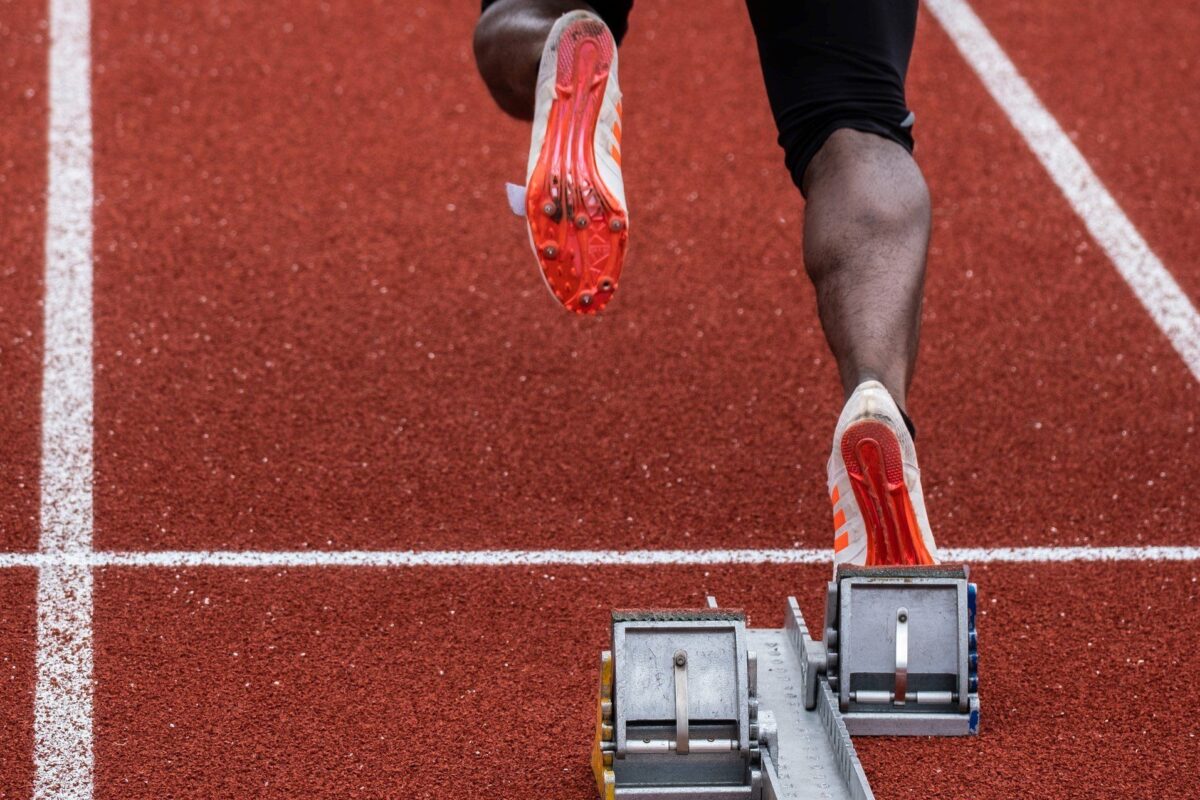Your cart is currently empty!
How to Avoid Soleus Muscle Pain when Running?
Your soleus muscle is the smaller one out of your two calf muscles. A muscle that is relatively unknown unless you’re a runner. Runners know soleus muscle pain very well, although they may not name the muscle precisely when describing the pain they feel.
Your soleus is greatly involved in the movements of walking, running, jumping, and dancing. It is located at the back of your leg, connecting a part of your tibia to your Achilles tendon. Here is a video that explains the anatomy and the function of a soleus muscle in good detail:
Preventing Soleus Muscle Pain When Running
Soleus pain when running, happens more often to long-distance runners. This muscle carries most of the burden when running long distances so sprinters don’t suffer from soleus pain as often as runners focused on mileage do. Here are some general guidelines on how to avoid soleus muscle pain when running:
- Work on proper posture when running – If your running posture is correct, your bones, tendons, and muscles will align properly and that will prevent overuse of specific parts of your musculoskeletal system. If you find your posture is the problem then you should work on your core strength and your hip muscles to stabilize yourself. A few exercises you could do are planking, hip extension, hip abduction, and any balance-focused yoga.
- Keep your running gear in excellent condition – Even if your running technique is impeccable, if your running shoes are forcing your foot into an incorrect position, your soleus will be affected. Even a slight discomfort can cause your body to overcompensate by shifting the pressure unevenly. In the long run, this adds up and causes injuries.
- Re-evaluate your training plan – Make sure you are building up endurance with plenty of recovery time in between. You can always do other activities that help your running goals along. Strength training, swimming, or cycling all use different muscles. Using different muscles reduces constant stress being applied to the same muscle groups and also helps avoid overuse injury.
- Strengthen the soleus muscle – If you want to strengthen your soleus muscle you can start doing calf raises single-leg squats, or a weighted wall sit. Here is a simple demonstration of how to do a weighted wall sit.
- A one-legged variation of the exercise is also an option. Hopping exercises also train the soleus muscle and they increase the speed at which you can lift up your feet.
- Foam roller massage – Massaging your muscles before and after a run helps increase your blood flow. You can do this with or without foam rollers. Massage also relaxes your muscles and releases the tightness that can put additional stress on the muscle, making it more prone to injuries
- Pre-conditioning with red light therapy – Red light therapy increases the amount of oxygen the blood can transport to your muscles, which in turn aids your performance and recovery time. If there is a specific muscle you want to target, like soleus – it is best to use a targeted, portable red light therapy device that fits your muscle ergonomically.
These are all different ways to lower your chances of getting injured in the first place or to avoid your soleus muscle from flaring up again after healing. See what suits you best and combine approaches where needed. However, if you have a previous injury, always talk to your doctor or a coach before you plan your training sessions and add new exercises to them.
What causes soleus pain?
There are direct and indirect possible causes of your soleus pain. Direct causes are those that usually provoke an acute injury. A fall, trip, a sudden jerking movement, an awkward twist, or overdoing it when it comes to distance running, can all be causes of your soleus pains.
Also consider factors like, your shoes – they could be too soft, not giving your body enough time to recover after training sessions, increasing distance or speed too quickly, poor running posture, hip and core muscles that haven’t been trained enough, hill training, or weak calf muscles.
How to treat soleus injuries?
As most soleus injuries are grade I – mild, they can be helped with lots of rest. Stop putting stress on your soleus muscle, elevate the leg so it’s at or above heart level, cool regularly for about ten minutes if you experience swelling, and support the calf and ankle with an elastic bandage.
When you are recovering, listen to your body. If your pain and other related symptoms don’t lessen within a week or two you should see a doctor. Mild injuries heal within a few weeks and if you are in serious pain, it isn’t a mild injury, then you should visit your doctor.
Whilst you are healing and resting make sure you do some soleus pain stretches. These are movements that target the area in a controlled way. Keeping your soleus flexible without stressing it too much. Slow calf raises, one-legged squats, and skaters are part of this category, but only if they don’t cause you pain.
You can look into other methods to speed up your healing process as well. Red light therapy has been proven to speed up your healing process in case of muscle injury and supports muscle recovery after training.
FlexBeam is ideal for helping your body’s natural mechanisms to avoid and heal potential injuries. If you want to avoid soleus muscle pain from running, you can use FlexBeam an hour before your training, for 10 minutes.
You just need to place it along your muscle, use the straps to hold it in place and pick an appropriate program. If you do the same after the running session, it may support your muscles, avoid injury and even help you improve your performance.
